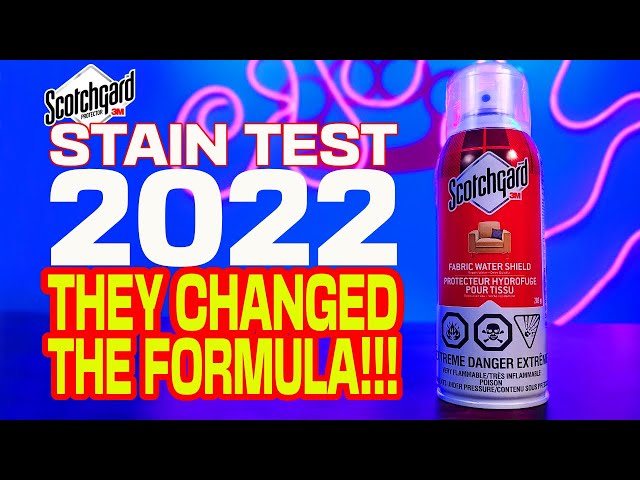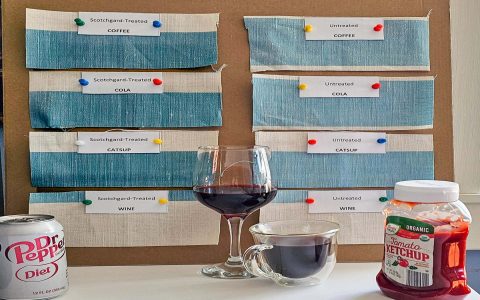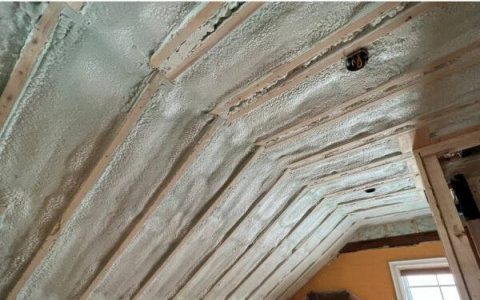Scotchgard products are designed to protect fabrics and upholstery by repelling liquids and preventing stains. Their efficacy is generally recognized, but hinges on correct application and understanding its protective scope.
Core Functionality
Scotchgard creates an invisible barrier on the material's surface. This barrier aims to:
- Cause liquid spills to bead up, facilitating easier blotting before absorption.
- Prevent stains from deeply penetrating fibers, simplifying subsequent cleaning efforts.
Effectiveness Assessment
Overall Performance:

- Liquid Repellency: Generally effective against common water-based and some oil-based spills, providing a window for cleanup.
- Stain Resistance: While not rendering materials entirely stain-proof, it significantly aids in preventing permanent staining and eases stain removal.
Key Factors for Optimal Results:
- Application Protocol: Adherence to manufacturer instructions for application on clean, dry surfaces is critical. This includes even coating and sufficient drying/curing time.
- Material Compatibility: Performance can vary with fabric type, though it is formulated for broad compatibility with common household textiles.
- Spill Characteristics: More effective against fresh liquid spills than against ground-in dirt or highly aggressive chemical stains.
- Durability and Reapplication: The protective layer degrades over time due to use, cleaning, and abrasion. Periodic reapplication is essential to maintain protection, particularly for items under frequent use.
Limitations to Consider
Scotchgard acts as a repellent, not an absolute shield. Key limitations include:
- It does not make items entirely waterproof or impervious to all stains.
- Significant or prolonged liquid exposure can still result in penetration.
- It may offer limited protection against certain aggressive stains (e.g., strong dyes, acids) if not treated promptly.
- The protective effect diminishes with time and wear, necessitating reapplication.
In conclusion, Scotchgard can be an effective tool for fabric protection when applied correctly and with realistic expectations regarding its capabilities and the need for maintenance. It enhances resistance to spills and stains, thereby simplifying cleaning and potentially extending the lifespan of treated items.










